Cloud Gaming
Imagine this: you’re chilling at home on a sunny day, sipping on a delicious beverage like a hot cup of tea, maybe an ice-cold glass of coke, or even an ice cold beer. Then you suddenly get this urge to play the latest blockbuster game you’ve been hearing about the past couple of days. Now, in the old days, that would mean making sure your gaming rig was up to scratch – with the latest graphics card, the latest processor, enough RAM, etc. Or, if you’re a console gamer, you’d need to own the specific gaming console and the physical game disc or enough storage to download the digital game. But what if I told you there’s a simpler way to skip all that fuss? Now that’s where cloud gaming comes in! Let’s find out more about it.
What’s this Cloud Gaming You’re Talking About?
Good question. You see, at its core, cloud gaming, sometimes called “gaming on demand,” is all about separating the game from the hardware. Think of it like a digital puppet show. The powerful, expensive gaming PC or console is the puppeteer, hidden away in a remote data center somewhere. You, on the other hand, are the audience member, with your laptop, smartphone, or even a smart TV serving as the stage.
When you press a button on your controller, that command is sent instantly over the internet to the puppeteer (the remote server). The server reacts, and the video of the game’s action is beamed back to your screen in real-time, just like a live-streamed video. This means all the heavy lifting—the graphics rendering, the physics, everything—is done on the remote server, leaving your own device to simply act as a screen and a conduit for your commands.
Cloud Gaming: Why do I need this?
Think about how you watch movies or listen to music. You probably stream them, right? You don’t need to own the Blu-ray or the MP3 file; you just open an app like Netflix or Spotify and bam! Instant entertainment.
Cloud gaming is aiming to do the exact same thing for video games. Instead of running the game on your own device, it runs on a super-powerful computer in some faraway data center. That computer then streams the video and audio of the game right to your screen, and your controller inputs are sent back over the internet. It’s kind of mind-blowing when you really think about it!
So, picture this: you could be playing the most graphically demanding game on your trusty old laptop that’s seen better days, or even on your smartphone while you’re waiting for your meal or coffee at a coffee shop. No massive downloads, no worrying about whether your hardware can handle it. Sounds pretty sweet, eh? Let’s take a closer look at how this magic actually happens under the hood.
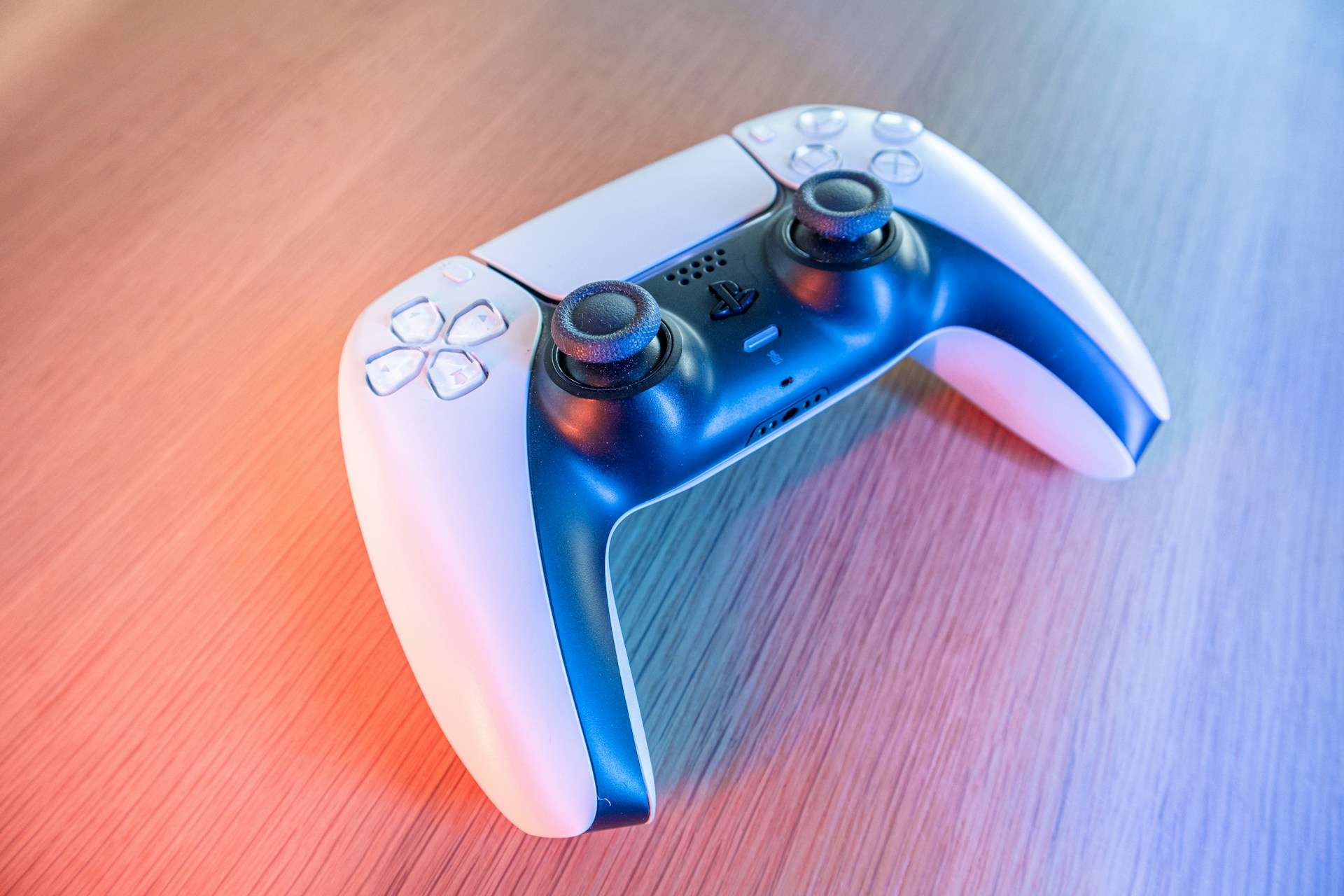
Cloud Gaming: How Does it Work?
Okay, so how does this digital wizardry actually work? It boils down to a few key ingredients all working together in harmony.
1 – Decent internet connection
When I say decent, I mean relatively fast and, more importantly, stable. Think of it like trying to watch a high-definition rugby match over a dodgy Wi-Fi connection – it’s going to be a frustrating, stuttering mess. For cloud gaming to be smooth and enjoyable, you ideally want a broadband connection with a good download speed and, crucially, low latency. Latency is that tiny delay between when you press a button on your controller and when you see the action happen on screen. The lower the latency, the more responsive the game will feel. Imagine trying to score a winning goal in FIFA but your player reacts half a second after you press the button – not ideal!
2 – Powerful data centers
These are essentially massive warehouses filled with top-of-the-line servers equipped with the latest and greatest graphics cards – the kind of hardware that would make even the most hardcore PC gamer drool. These servers are the ones doing all the heavy lifting, running the games at high settings and frame rates. It’s like having a supercomputer dedicated to playing your games.
3 – Video compression and streaming technology
The servers need to take all that high-fidelity game footage and encode it into a video stream that can be efficiently sent over the internet to your device. This stream needs to be compressed enough to not eat up all your bandwidth but still look good enough to be immersive. On the other end, your device needs to be able to decode this stream and display it smoothly on your screen. It’s a delicate balancing act, and the technology is constantly improving to make this process more seamless.
Who Now’s in the Cloud Gaming zoo?
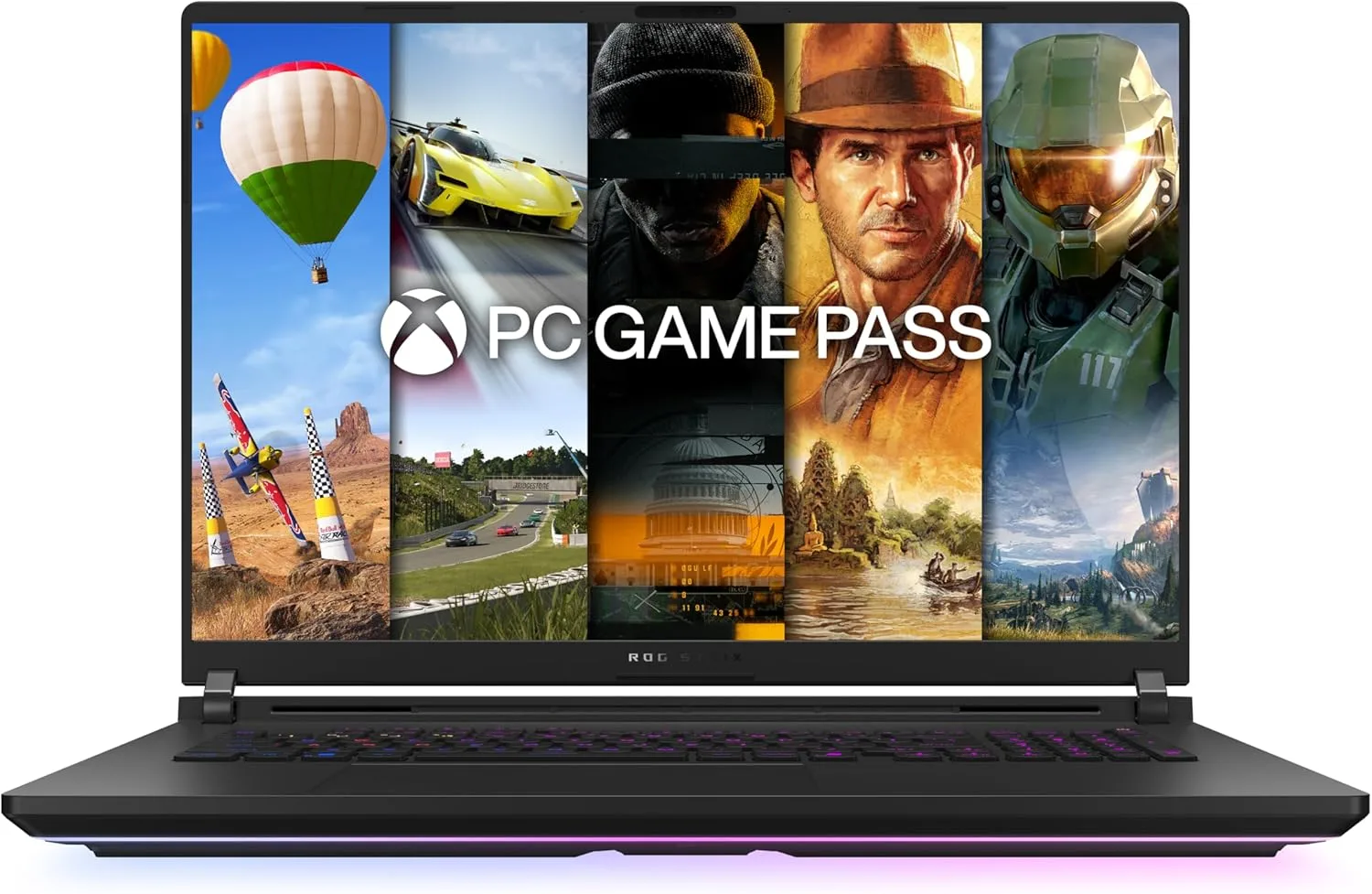
The cloud gaming landscape is starting to get pretty crowded, with some big names throwing their hats into the ring. It’s kind of like the streaming wars we’ve seen with movies and TV shows! Here are a few of the major players you should know about:
1 – Xbox Cloud Gaming
First, we’ve got Xbox Cloud Gaming (often referred to as xCloud). This one’s a big hitter because it’s bundled with Xbox Game Pass Ultimate, which is already a hugely popular subscription service offering access to a massive library of games. With xCloud, you can play many of those Game Pass games on your phone, tablet, PC, and even some smart TVs, without needing an Xbox console. It’s a fantastic way to try out a wide variety of games without committing to buying them individually or investing in expensive hardware. Click Here to find out more.
2 – NVIDIA GeForce Now
Then there’s NVIDIA GeForce Now. This service takes a slightly different approach. Instead of offering its own library of games through a subscription (though it does have some perks for subscribers), GeForce Now lets you stream games that you already own on digital storefronts like Steam, Epic Games Store, and Ubisoft Connect. Think of it as renting a high-end gaming PC in the cloud that’s linked to your existing game libraries. This can be a great option if you’ve already built up a sizable digital collection. Click Here to find out more.
3 – PlayStation Plus
Sony also has its own offering in the form of PlayStation Plus, specifically the Premium tier of their subscription service. This includes a library of PlayStation games that can be streamed to your PS5, PS4, and even your PC. While it’s heavily focused on the PlayStation ecosystem, it’s another significant player in the cloud gaming arena, especially for fans of Sony’s exclusive titles. Click here to find out more.
4 – Other Cloud Gaming Services
There are also other contenders out there, like Amazon Luna, which offers different channels of games through its subscription, and services like Boosteroid, which similarly allows you to stream your existing PC game library.
Find out about Amazon Luna cloud gaming
Find out about Boosteroid cloud gaming
Weighing the Pros and Cons of Cloud Gaming
Like any new technology, cloud gaming has its ups and downs. Let’s break down the reasons why it might be the future of gaming, and some of the hurdles it still needs to overcome.
The Pros of Cloud Gaming
1 – Accessibility is a game-changer
This is arguably the biggest win for cloud gaming. You no longer need to spend big bucks for a powerful gaming PC or buy latest console to play cutting-edge games. As long as you have a decent internet connection and a compatible device (which these days could be your phone, a basic laptop, or even a smart TV), you’re good to go. This opens up the world of high-fidelity gaming to a much wider audience, which is fantastic.
2 – No need for expensive hardware
Let’s be honest, gaming hardware can be seriously pricey. Cloud gaming essentially outsources that cost to the service provider. Instead of buying a new graphics card every few years or upgrading to the latest console generation, you just pay a monthly subscription fee. Over the long run, this could potentially save you a significant amount of money.
3 – Instant gratification
No more waiting for hours, or even days, for that massive digital game download. With cloud gaming, that’s a thing of the past. You can literally just jump into a game within seconds of selecting it. It’s like having an endless library of games at your fingertips, ready to play instantly.
4 – Play anywhere, anytime
The portability factor is huge. You can start playing a game on your TV at home, then pick up right where you left off on your tablet during your commute (assuming you have a good mobile data connection!). This seamless transition between devices is a really compelling feature for gamers on the go.

The Cons of Cloud Gaming
1 – Depends on internet quality
This is the biggest hurdle for cloud gaming. Your entire experience hinges on the quality of your internet connection. If your connection is slow, unstable, or has high latency, cloud gaming can be a frustrating experience filled with lag, stuttering, and visual issues. For many folks, especially in areas with less developed internet infrastructure, this can be a significant barrier.
2 – Latency issues
Even with a good internet connection, there’s always going to be some degree of latency involved in sending your inputs to the server and receiving the video stream back. While this might not be a huge issue for slower-paced or single-player games, it can be a major problem for competitive multiplayer games or anything that requires fast reflexes and precise timing. A few milliseconds of lag can be the difference between victory and defeat.
3 – You’re renting, Not owning
This is a fundamental shift in how we consume games. With cloud gaming, you don’t actually own the games you’re playing; you’re essentially renting access to them through your subscription. This means that if a game is removed from the service’s library, or if the service itself shuts down, you lose access to those games. This can be a concern for gamers who like to build up a permanent digital collection.
4 – Limited control and customization
Compared to playing on a PC, cloud gaming often offers less control over things like graphics settings, and you typically can’t install mods or use third-party tools. This might not bother casual players, but it could be a dealbreaker for those who like to tinker with their games.
What Does the Future Hold for Cloud Gaming?
So, where is cloud gaming heading? I reckon we’re still in the early days, but the potential is enormous. We’re already seeing significant advancements in the underlying technologies, which are stated below.
1 – Faster and more reliable connections
The rollout of 5G and the development of edge computing (bringing data centers closer to users) promises to significantly reduce latency and improve the overall streaming experience. As internet infrastructure continues to improve globally, one of the biggest limitations of cloud gaming will gradually become less of an issue.
2 – Artificial intelligence
Artificial intelligence could play a big role in the future of cloud gaming. Imagine AI algorithms that can predict network congestion and dynamically adjust streaming quality to maintain a smooth experience. AI could also be used to enhance graphics (which is currently the case), reduce bandwidth usage, and even create more responsive and dynamic game worlds.
3 – The subscription model evolves
We might see more innovative subscription models emerge. Perhaps we’ll see bundles that include cloud gaming with other entertainment services, or maybe even “pay-as-you-go” options for those who only game occasionally. Telecom companies might also start offering cloud gaming as part of their internet packages.
4 – A hybrid approach
It’s also possible that the future of gaming won’t be entirely in the cloud. We might see a hybrid approach where some processing is done locally on your device, while the heavy lifting of rendering complex graphics is still handled in the cloud. This could help to further reduce latency and improve performance.
5 – Reaching new audiences
Cloud gaming has the potential to unlock entirely new markets and demographics. People who were previously priced out of high-end gaming or who don’t have the space for dedicated gaming setups could become regular players thanks to the accessibility of cloud gaming.
Are You Ready for Cloud Gaming?

So, is cloud gaming the ultimate game-changer it promises to be? Well, it’s not quite perfect yet. The reliance on a solid internet connection is still a major hurdle for many, and latency can be a concern for certain types of games. However, the advancements in technology are happening at a rapid pace, and the benefits of accessibility, cost-effectiveness, and instant playability are undeniable.
As the internet infrastructure continues to improve, cloud gaming offers an exciting glimpse into the future of how we might access and enjoy our favorite games. It might not completely replace traditional consoles and PCs overnight, but I reckon it’s going to become an increasingly important part of the gaming landscape, offering a compelling alternative for a growing number of players. It’s definitely something to keep an eye on, and who knows, maybe one day soon, we’ll all be streaming our way through the latest virtual worlds without a second thought about the hardware powering the magic.
Now’s your turn. Tell me: what are your thoughts on Cloud Gaming? Is it something you’re interested in? What is your current gaming setup, is it desktop PC or gaming console, or both? Let me know in the comments section below. That’s all for now. Keep safe until next time 😀

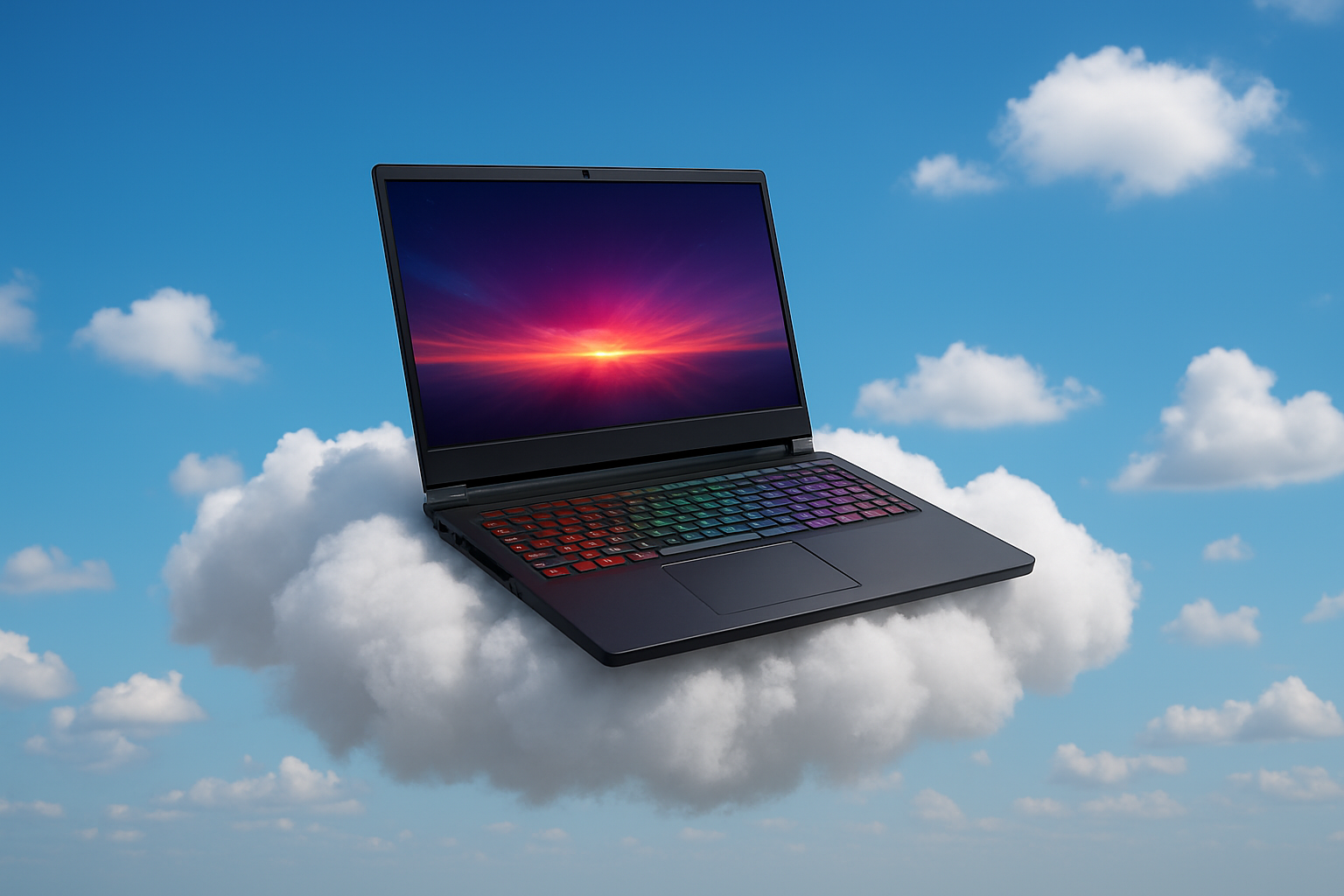

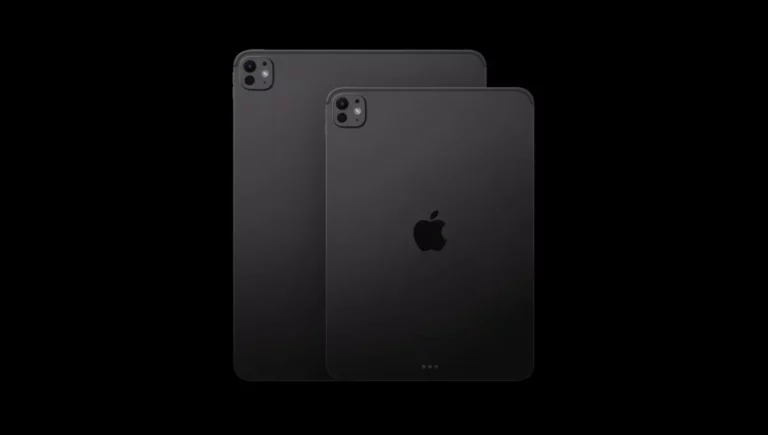



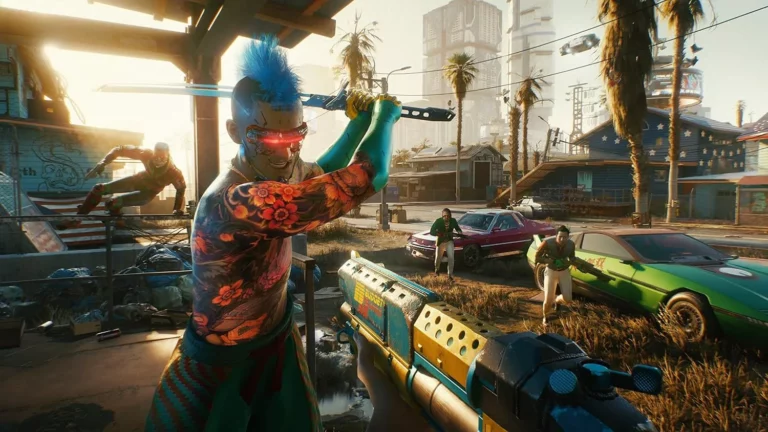
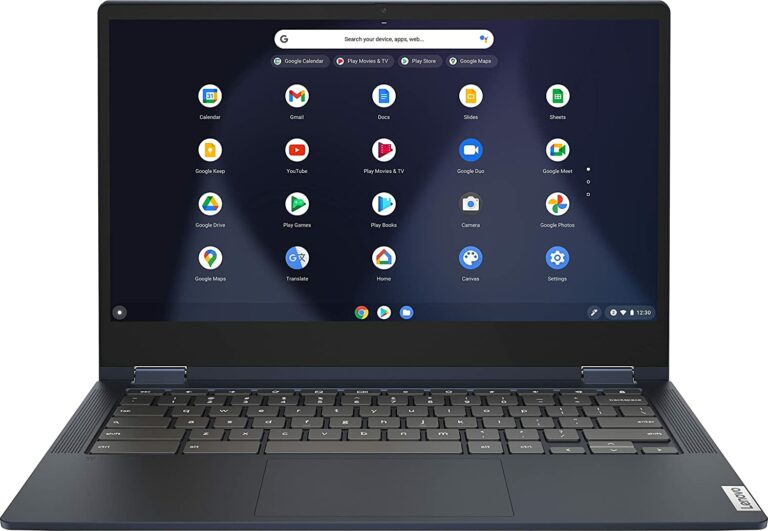
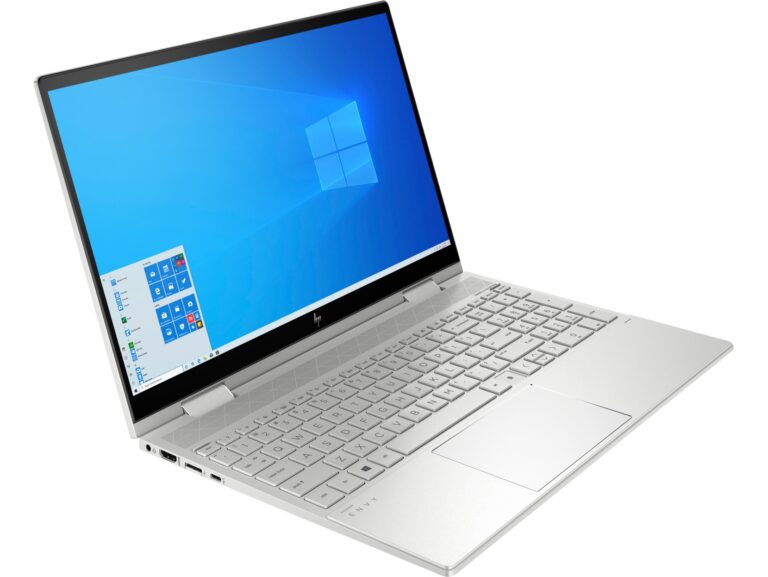
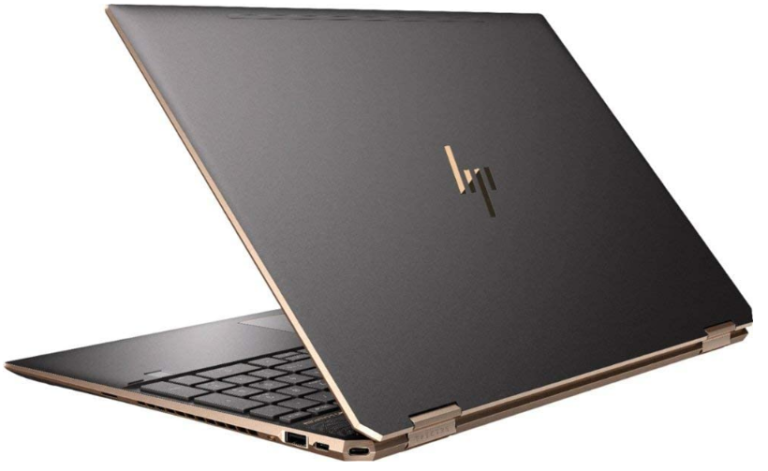
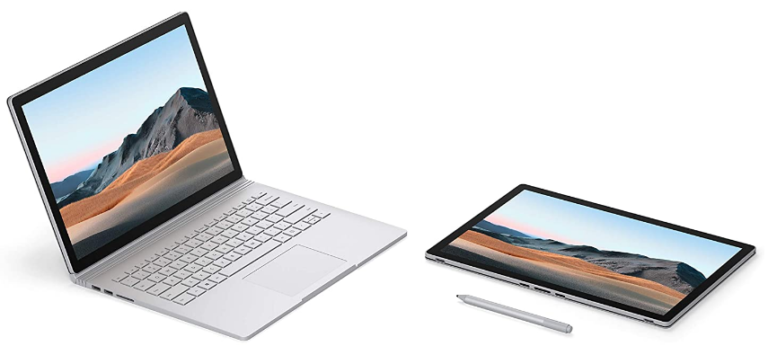


+ There are no comments
Add yours